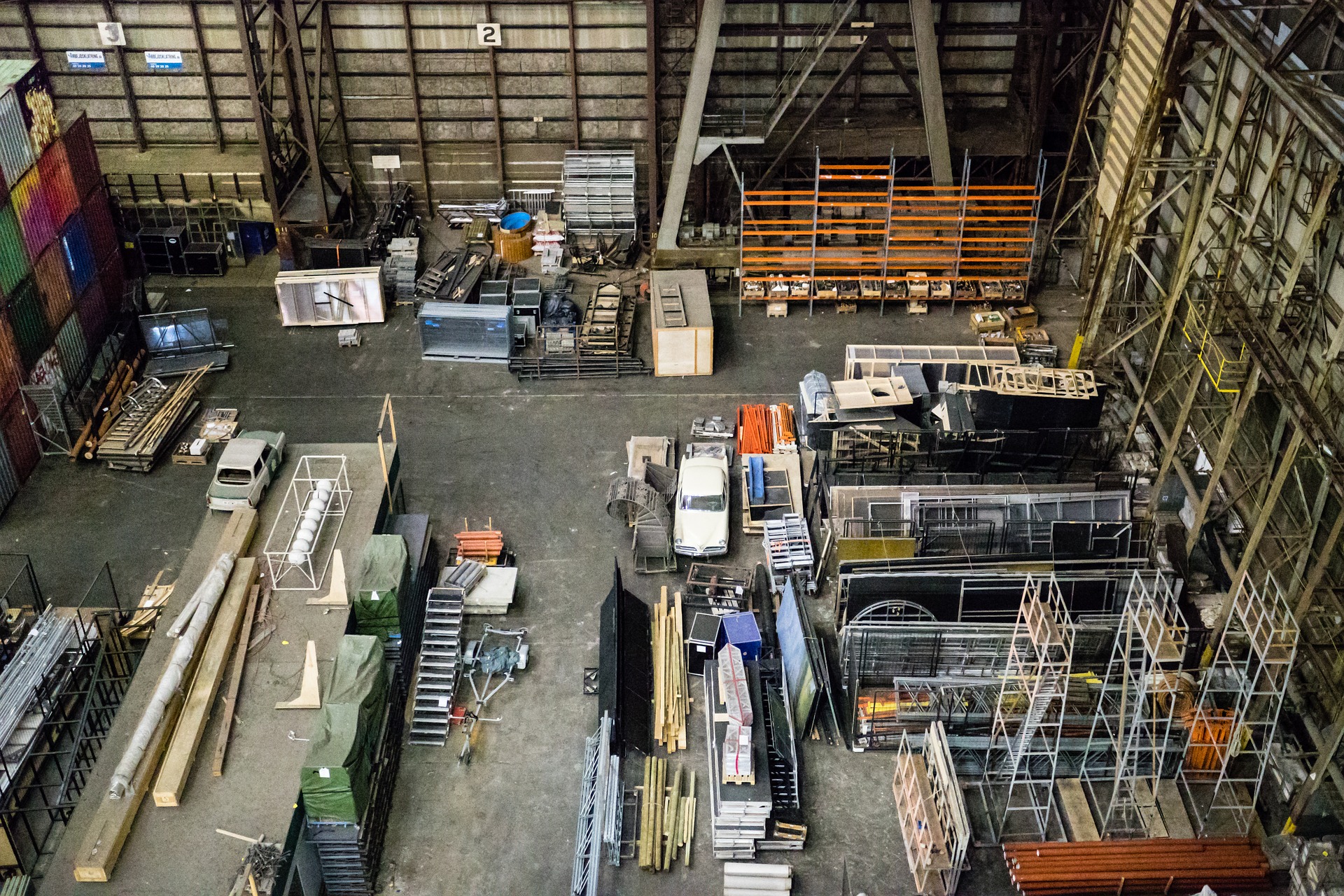Automated systems are gradually replacing traditional warehouses. The use of automation serves primarily to reduce labour costs, reduce the risk of human error and improve the quality of services.
Warehouse automation refers to all operating devices that largely eliminate the human factor and are integrated with the WMS (Warehouse Management System) software used to manage the movement of products in warehouses. The WMS is designed for quantity and value register of inventory, which is of key importance for picking. It allows for comprehensive warehouse space management and identification of assortment assigned to specific locations, as well as control of goods received by the warehouse, e.g. in terms of compliance of the delivery with the order. The expected effect of their application is primarily to reduce service costs, including the costs of order preparation.
Picking in automated warehouses is to be cheaper, for instance, because it does not require any additional equipment
Usually, such solutions are used to store medium moving consumption goods supplementing orders for full pallets. Mecalux specialists stress that there are basically four configurations used for automatic picking on pallets:
– creation of picking stations in the front zone of the automated warehouse – a creation of such stations on the side of the automated warehouse – a creation of picking stations in adjacent zones – use of special picking robots
According to Mecalux specialists, picking stations in the front zone of an automated warehouse are the most common solution in small and medium-sized warehouses.
There are different solutions that can be adopted depending on the number of orders to be completed
Each has a different field of application and output. Alternatively, picking stations located on the side of the automated warehouse are available. Flow-shelf racks are placed on the lowest level (at floor level) and are directed outwards in such a way that the end faces the aisle. These flow-shelf racks, on which two or three pallets can be placed in one channel, store the fast-moving pallets. Full reserve pallets are stored on pallet racks, which are located above the flow-shelf racks so that the stacker crane can replenish them as they are emptied.
The operator performs picking by moving on the whole side of the automated racking warehouse using a pallet truck or order picking trolley. Other goods, which are located in other aisles and whose consumption is lower, are picked at positions located in the front zone. The picking system on the side of the warehouse allows the use of pick-to-light devices, which facilitate and increase the efficiency of order preparation operations.
For fast moving products, it is advantageous to place flow-shelf racks on both sides of the working aisle (picking in adjacent areas). When it comes to cross-docking, shuttles are useful as they deliver goods to flow-shelf racks. Reserve pallets are stored in the automated warehouse with a stacker crane. The warehouse is connected to picking shuttles by means of roller conveyors or shuttles, suspended or automated guided vehicles (AGV and LGV). The cross-docking equipment recommended for operators is a self-propelled pallet truck or order picking trolley for picking orders at floor level.
In many cases, the most cost-effective solution is automated picking by robots.
Picking robots can be used for mass picking, but also for replenishment of automated warehouses (they automatically handle individual containers or full layers of containers). These robots can be of three types: anthropomorphic, two-axis gantry and three-axis gantry. The use of a robot type depends mainly on the number of cycles per hour and the combination of orders.
Anthropomorphic robots can rotate 360 degrees and have an articulated arm capable of various movements. The arm provides access to containers or layers anywhere within range.
Both two-axis gantry robots (with a rigid handling arm that can only move vertically) and three-axis gantry robots (the whole gantry moves along the third axis on the side structure) can be useful in picking. This allows the robot to access two different rows of pallets for accepted and released goods.
The MAN Diesel & Turbo SE warehouse (manufacturer of gas and steam turbines as well as axial screw compressors and expanders) can serve as an example of automated order picking. In this case, the Hänel Lean-Lift system is used. In its window, there is a set of photocells whose task is to measure the height of goods on the shelf and place the shelves as densely as possible, one just above the other. As a result, it is possible to reduce storage space by up to 80%.
Two such automatic lift racks are located in the central part of the hall. The vertical units have a height of approx. 9 m. They are equipped with 160 multifunctional containers, providing more than 6,000 storage places. The shelf height optimization system ensures that the capacity is sufficient to handle more than 9,000 indexes of small goods needed for production and shipping. An innovative solution is the so-called smart glasses, worn by lift operators. Thanks to them and using a dedicated application, they communicate with SAP, which sends commands concerning rack control.
The second of the functional “gadgets” is a glove worn by employees with an integrated scanner. Thanks to it, an employee has both hands free when picking orders. When the IT system sends an order to accept or release goods, the automated solution delivers the necessary container to the access point. At the same time, the data is printed. The employee uses a scanner to save data, confirms the search transaction, and the inventory status is automatically updated.
The solution is supposed to be very ergonomic, e.g. all items are weighed before placing them in the warehouse. The light signal system indicates where elements with different weights are to be placed. This is helpful for warehouse employees.
Photo: Pixabay









